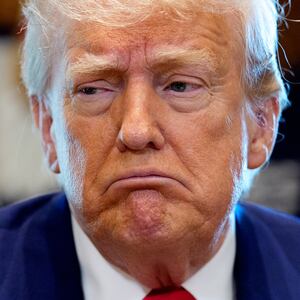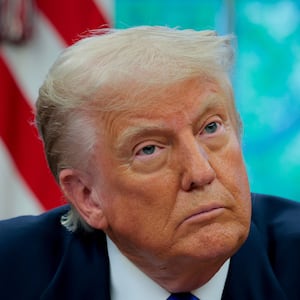Investors welcomed the news on Monday that President Donald Trump was backing away from at least some of the devastating tariffs he has imposed on products imported from China.
After more than a month of escalating trade war, China and the U.S. announced a 90-day cooling off period to give the two sides time to negotiate a longer-term solution.
During the pause, the U.S. will impose a 30 percent duty on goods from China, down from 145 percent, Bloomberg reported. China will reduce its tariffs on products made in the U.S. to 10 percent from 125 percent.
ADVERTISEMENT
The news sent S&P futures soaring by 3 percent on Monday. Equity markets in Asia and Europe also jumped, while oil prices increased, Treasury yields gained and the dollar got stronger.
“We are in agreement that neither side wants to decouple,” Treasury Secretary Scott Bessent said during a briefing in Geneva, according to Bloomberg.
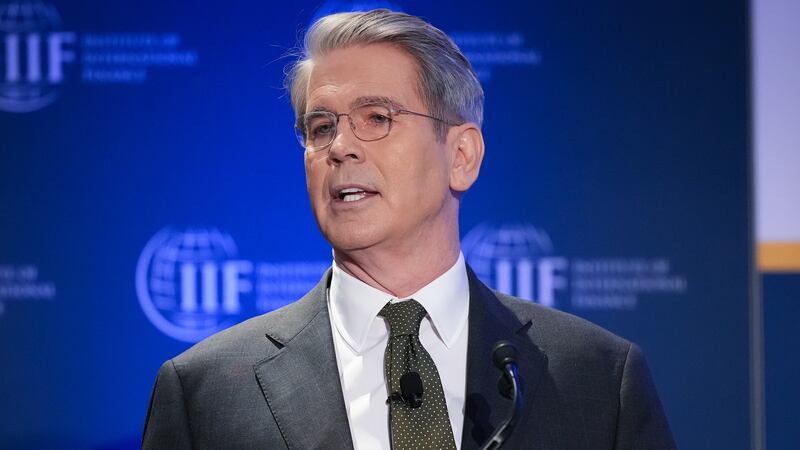
On April 2, the president had announced a 10 percent universal tariff against all imports, plus additional “reciprocal tariffs” on goods from countries that have trade deficits with the U.S.
Chinese products were hit with a 34 percent “reciprocal” duty on top of the universal tariff and a pre-existing 10 percent tariff on Chinese products. The tariffs are an import tax paid by American companies, with the costs typically passed on to consumers.
Beijing responded by announcing a 34 percent tariff on American products, leading to tit-for-tat increases that got so high they effectively became trade embargoes, as companies in both the U.S. and China said they couldn’t sell at those prices.
The trade war sent markets plummeting, with the S&P 500 falling 8 percent during Trump’s first 100 days back in office, wiping out trillions of dollars in market value. It was the worst run during a president’s first 100 days in more than 50 years.
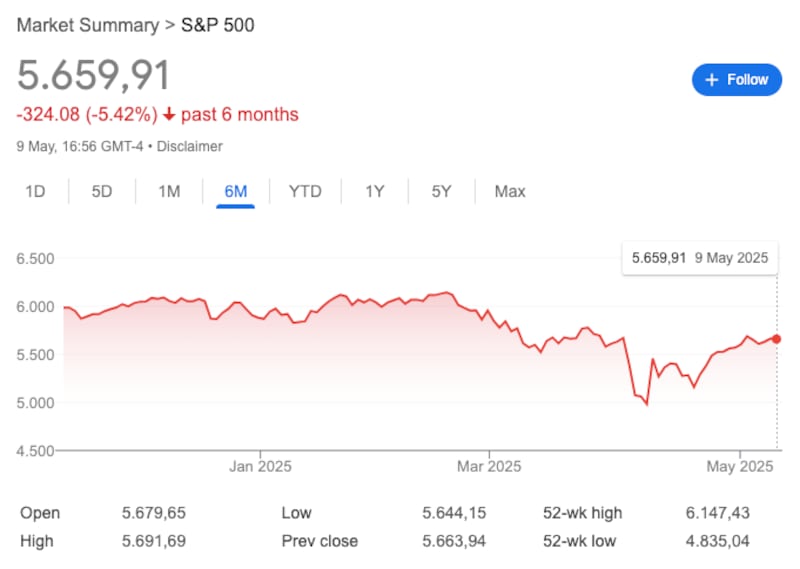
The losses also fueled record-low approval ratings for the president, with a Fox News poll finding just 38 percent of voters approved of Trump’s handling of the economy. A dismal 33 percent approved of his tariff and inflation policy.
Earlier this month, famed investor Warren Buffett said the tariffs were “not right or wise.”
Reportedly spooked by the market turmoil and warnings from retail CEOs that prices would rise and shelves would empty if the trade war continued, in late April, Trump finally softened his rhetoric and said he was ready to be “very nice” in talks with Beijing.
Monday’s tariff rates don’t apply to sectoral duties imposed on all U.S. trading partners, Bessent said, though he didn’t specify if the 30 percent tariff was on top of the universal tariff Trump announced on April 2 or the pre-existing 10 percent tariff on Chinese products.
In a statement, the U.S. said the parties would “establish a mechanism to continue discussions about economic and trade relations,” Bloomberg reported. The two countries had previously said they were making “substantial progress” in their talks.
In the face of mounting pressure, the president has been eager to tout his progress reaching supposed trade deals.
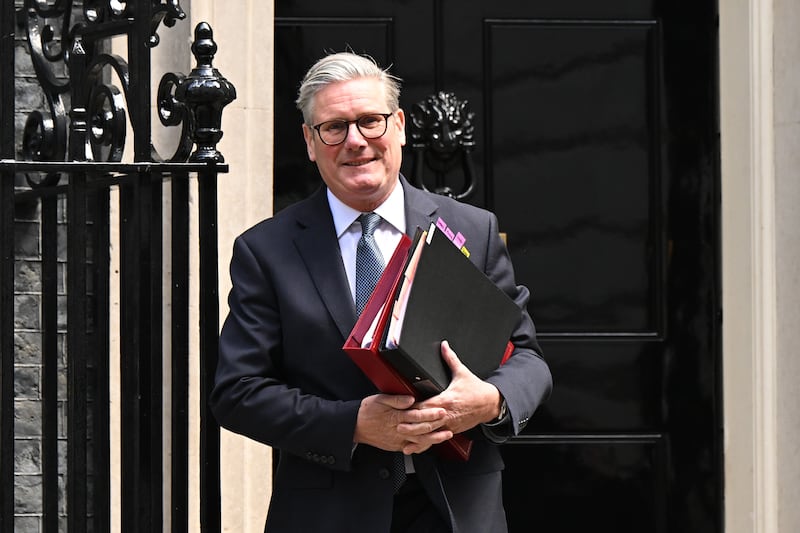
Last week, the administration announced a “historic” pact with the U.K., though both sides said they were still working through some of the details.
When it came to Monday’s announcement about China, it still wasn’t clear what concessions each side was hoping to obtain, according to Bloomberg.
The last time a Trump administration put a trade dispute “on hold” with Beijing, in 2018, the U.S. abandoned the deal in progress and spent another 18 months negotiating—only for China to eventually renege on the purchase agreement they’d ultimately reached.

